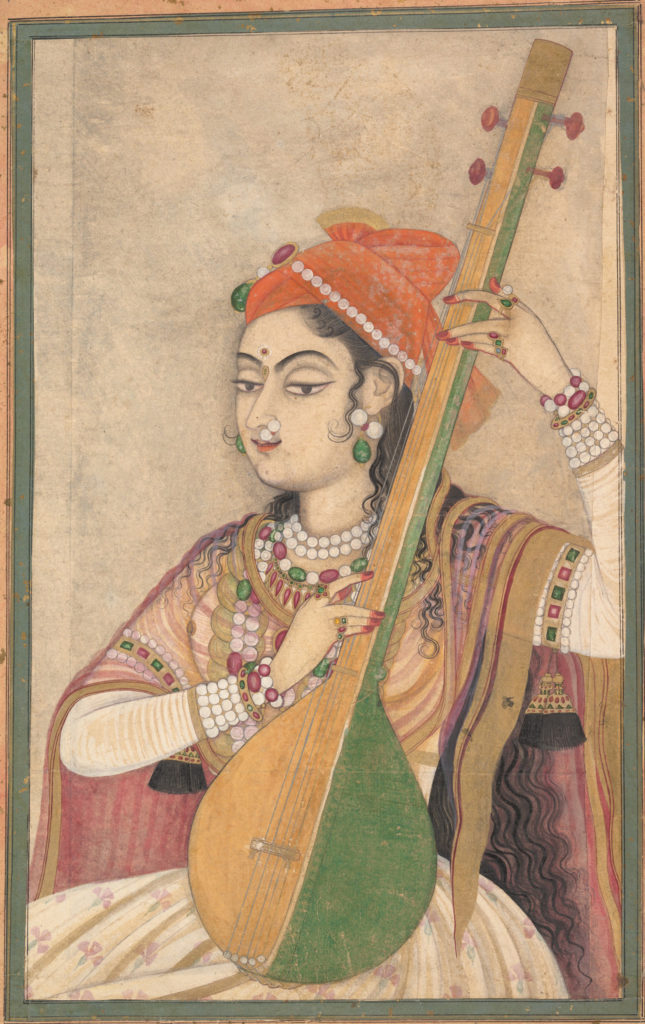Whenever we feel stressed out or anxious, the wisest of the wise have told us to resort to the healing powers of nature. We see the stamp of this healing power show itself across a variety of things.
A walk in moist dewy grass is a simple yet powerful stress buster. A beautiful sunrise, the smell of earth from the first rain of the monsoon, the burst of colors from a rainbow, sight of the vast limitless ocean – one can go on and on about aspects of nature that are healing.
Does enjoying nature require any specific qualifications or eligibility? Does a person who partakes of nature’s bounty need to be well-versed iin biology or environmental sciences? Is nature partial to those from a particular class or social strata? The answer is an unequivocal ‘no’.
Because Mother Earth provides unconditionally to every living being which is born from her womb. Indian classical music is no different.
Indian classical music has organic roots. It is said that Raag Malhar was composed by Miyan Tansen when he heard the sound of some animals imitating the Komal and Shuddh Nishaad, or Kaisiki and Kakali Nishadam as the notes are referred to in Carnatic music.
There is numerous evidence of how the sounds of animals and birds gave rise to the seven notes of the classical music system. These organic roots give classical music its powerful healing and spiritual nature. Indian classical music is innately relatable because of the ability of Raagas to create and resonate with different moods of human beings.
Just as with nature, therefore, classical music is there for everyone to access, if only the awareness were to be there.
There have been numerous accounts of lay persons with no initiation into classical music feeling moved by, healed by and touched by Raagas. One such example is of a woman with severe migraine miraculously healed after sitting in on her daughter’s classical music class.
Another is that of a domestic worker with no exposure to classical music who accompanied a child to a concert, who broke down in uncontrollable tears to Raag Nand and felt a cathartic release of emotions. The example of a chain smoker who quit smoking six months into learning classical music is no less compelling.
The organic nature of classical music and these anecdotes only strengthen the argument for making Indian classical music accessible and available to everyone.
It is a noble goal that classical musicians can and should work towards. It’s about time that Indian Classical music becomes inclusive, demystified and accessible to one and all. Because every human being on this planet deserves the gifts that classical music can give. Gifts that are as generous, boundless and loving as mother nature herself.








